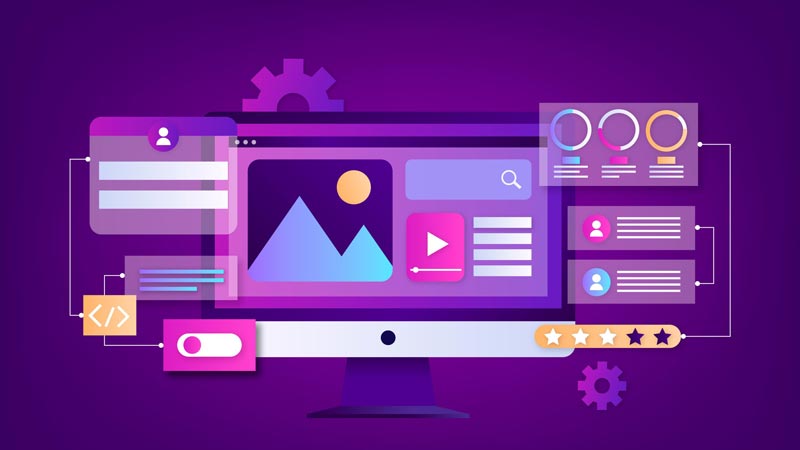
Your website is more than just a digital storefront — it’s often the first impression your customers get of your brand. But here’s the catch: even if your website looks stunning, it won’t drive results unless it’s optimized for both search engines and users.
A well-designed website not only improves your brand image but also plays a crucial role in boosting SEO rankings and keeping visitors engaged. Let’s explore how web design and SEO work hand in hand to grow your business.
The Link Between Web Design & SEO
Search engines like Google care about one thing above all: providing the best experience for users. A poorly designed site that’s slow, hard to navigate, or cluttered won’t just frustrate visitors — it will also hurt your rankings.
Here’s why:
- Google uses Core Web Vitals (speed, interactivity, stability) as ranking signals.
- Websites with clean structure and intuitive navigation are easier to crawl and index.
- A positive user experience leads to lower bounce rates, which signals quality to search engines.
1. Website Speed Improves SEO Rankings
Nobody waits around for a slow website. Research shows that if a site takes longer than 3 seconds to load, over 50% of visitors leave. Google knows this, which is why site speed is a direct ranking factor.
Design Impact:
- Optimized images, clean code, and lightweight design frameworks make your site faster.
- A fast-loading site improves both rankings and conversions.
2. Mobile-Friendly Design Is Non-Negotiable
With over 60% of all searches coming from mobile devices, a responsive design is a must. Google’s mobile-first indexing means your mobile site is the primary version it evaluates.
Design Impact:
- A responsive design adapts seamlessly to all screen sizes.
- Better mobile usability = higher SEO rankings + happier visitors.
3. User-Friendly Navigation Reduces Bounce Rates
If users can’t find what they’re looking for, they’ll leave. High bounce rates send negative signals to search engines.
Design Impact:
- Simple, intuitive menus and a clear site structure keep users engaged.
- Breadcrumbs, internal links, and a logical hierarchy also make crawling easier for Google.
4. Visual Appeal Boosts User Engagement
While SEO brings people to your site, design keeps them there. A visually pleasing site builds trust and encourages visitors to explore further.
Design Impact:
- Use consistent branding, professional imagery, and readable fonts.
- Engaging visuals and layouts encourage longer session durations — another ranking factor.
5. Accessibility & Readability Matter
A website should be easy for everyone to use, including people with disabilities. Accessibility also affects SEO because search engines value clarity.
Design Impact:
- Clear headings (H1, H2, H3), alt text for images, and proper contrast improve readability.
- Search engines reward well-structured, accessible content with better rankings.
How Good Design Drives Conversions
Great SEO brings traffic, but design converts it. A well-designed site guides users toward actions: filling out a form, booking a consultation, or making a purchase.
Examples:
- Strategically placed CTAs (Call to Actions).
- Clean contact forms.
- Trust signals like testimonials, security badges, and case studies.
Conclusion
A beautiful website alone won’t help your business grow, and SEO without strong design won’t keep visitors around. But when you combine well-thought-out design with smart SEO practices, you create a site that ranks high, engages visitors, and drives conversions.
👉 At Aurora Digital Solution, we don’t just design websites — we design websites that rank and perform. If you’re ready to boost both your SEO and user engagement, let’s build your growth-driven website today.

